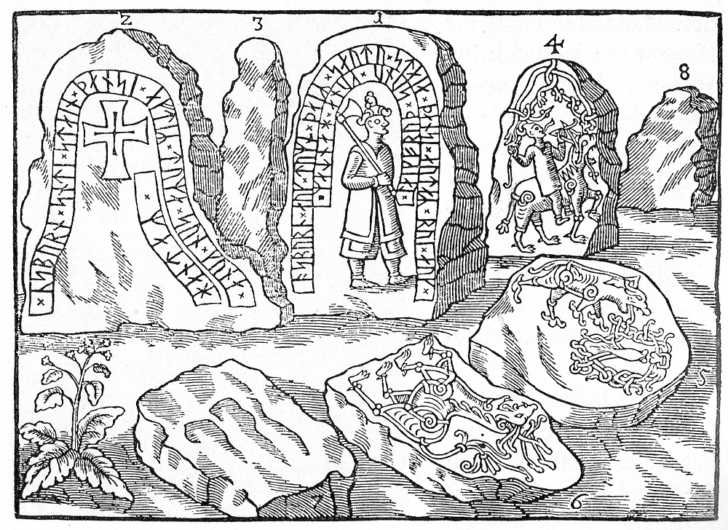A massive Viking runestone from the 10th century was recently discovered by Swedish archaeologists in Ystad, which is located about 40 miles east of Malmö. The Skårby stones, Tullstorp Runestones, and Sjörupstenen are only a few of the numerous runestones from this period that are found in the vicinity. The disputed stone had been reported in the 1700s but has vanished since then. The carved stone is an important archaeological find and is a component of the Hunnestad Monument, a bigger formation.
The Hunnestad Monument, which is made up of eight stones in total, is thought to have been built by two brothers in the Hunnestad Village, which is located just outside of present-day Ystad. A number of the stones vanished at some point in the 18th century. When Eric Ruuth of Marsvinsholm controlled the property at the time, numerous remodeling initiatives were carried out on it, which reportedly included removing some of the stones.
The stones were shown in artwork before they vanished. Not all of these stones were collected; however, some of them were later discovered on the land in the nineteenth century.
Some of the enormous stones have runes etched on them, and others have various symbols and pictures of people inscribed on them. The stone in question, which is number 6 in the formation, depicts an artistic rendering of a wolf or other canine animal. The mythological figure Fenrir, a wolf-like being born to the trickster god Loki and a common runestone image, has been suggested as the subject of this painting by some.
The stone was located close to a sewer line in December 2020. There may have formerly been a bridge there, and the stone may have been used as a foundation stone to support it, according to research on the area's previous uses. Pottery shards and other artifacts from the 18th century were also discovered close to the stone.
The Swedish State Historical Museums conducted the excavations, which should help clarify the significance of the Hunnestad Monument as a whole. Three of the eight stones were not initially noted as having been carved, and thus far four of the eight stones have been located in the modern age.
It is possible that other intriguing historical runestones like this one will be discovered in the future because the stone was previously thought to have been destroyed.











